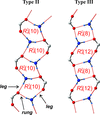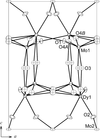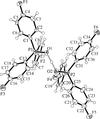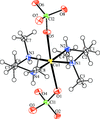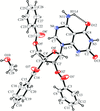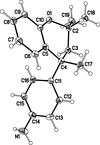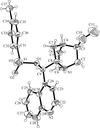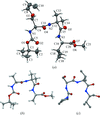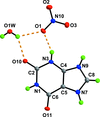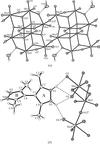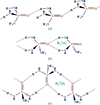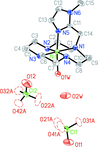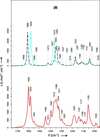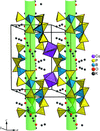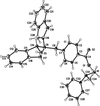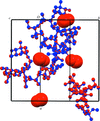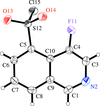
- editorial
- research papers
- organic compounds
- metal-organic compounds
- organic compounds
- inorganic compounds
- metal-organic compounds
- organic compounds
- metal-organic compounds
- inorganic compounds
- metal-organic compounds
- organic compounds
- metal-organic compounds
- organic compounds
- metal-organic compounds
- organic compounds
- metal-organic compounds
- organic compounds
- metal-organic compounds
- organic compounds
- metal-organic compounds
- organic compounds
- metal-organic compounds
- organic compounds
- metal-organic compounds
- organic compounds
- metal-organic compounds
- organic compounds
- metal-organic compounds
- organic compounds
- metal-organic compounds
- organic compounds
- metal-organic compounds
- organic compounds
- metal-organic compounds
- organic compounds
- metal-organic compounds
- organic compounds
- inorganic compounds
- metal-organic compounds
- organic compounds
- metal-organic compounds
- organic compounds
issue contents
Absolute structure (December 2012)
Guest Editor(s): H. D. Flack
For the validation of absolute-structure determination, over the years there has been a heavy reliance on the statistics (values and standard uncertainties) of derived parameters or something equivalent, and little study of the fit of the model to the observed quantities. There has been little questioning of the quality of crystals, data collection and correction methodologies. Clearly, absolute-structure determination is still a rich field, wide open for development, especially for light-atom compounds of great importance to the pharmaceutical and chemical industries.

Cover illustration: Perindoprilat monohydrate: the active metabolite of the antihypertensive and cardiovascular drug perindopril [Bojarska, Maniukiewicz, Sieron, Kopczacki, Walczynski & Remko (2012). Acta Cryst. C68, o443-o446].

























































































































































































































 journal menu
journal menu















